Why Rolex’s gem-set watches are so desirable
Each timepiece reflects exceptional attention to detail and only the finest quality stones
BACK IN 2012, ROLEX SET in motion the trend for rainbow watches when it launched the Oyster Perpetual Cosmograph Daytona fitted with a gem-set bezel in rainbow hues in two versions, 18 ct yellow and white gold. The bezel featured coloured sapphires in gradient shades, earning it the moniker “rainbow”.
It proved to be an instant hit, spurring the launch of an 18ct Everose gold version in 2018. These watches are highly sought after not only for their good looks, but also for their rarity. Each gem-set watch is a testament to Rolex’s continued pursuit of excellence, reflecting the watchmaker’s meticulous attention to detail and unwavering standards.
Rolex has always been driven by its desire to build watches that are sturdy, efficient and robust. On a visit to the Rolex manufacture in 2016, we were shown a seemingly perfect dial that had been rejected by the watchmaker. The reason? A tiny blemish that could only be seen under a 10x magnifying glass. The watchmaker went back to the drawing board to identify the mistake, and to find an alternative production technique.
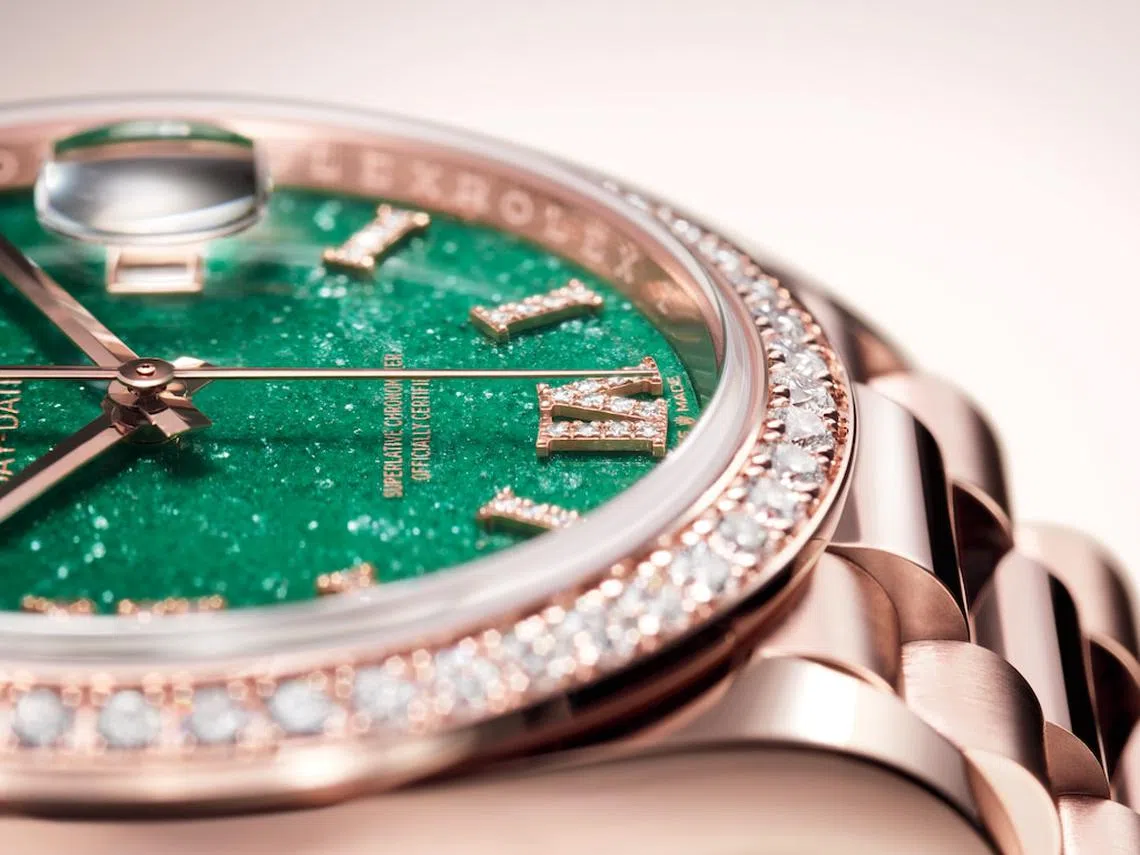
This is par for the course for the watchmaker who applies this same level of dedication to every part of the watch production that we can and cannot see.
Rolex exclusively uses natural precious stones and only the finest – diamonds, rubies, sapphires and emeralds – to adorn its watches. The criteria and protocol for selecting these gems are exceptionally demanding. Each gemstone is closely examined by the in-house gemmology laboratory, which ensures strict compliance with the specifications defined by the brand.
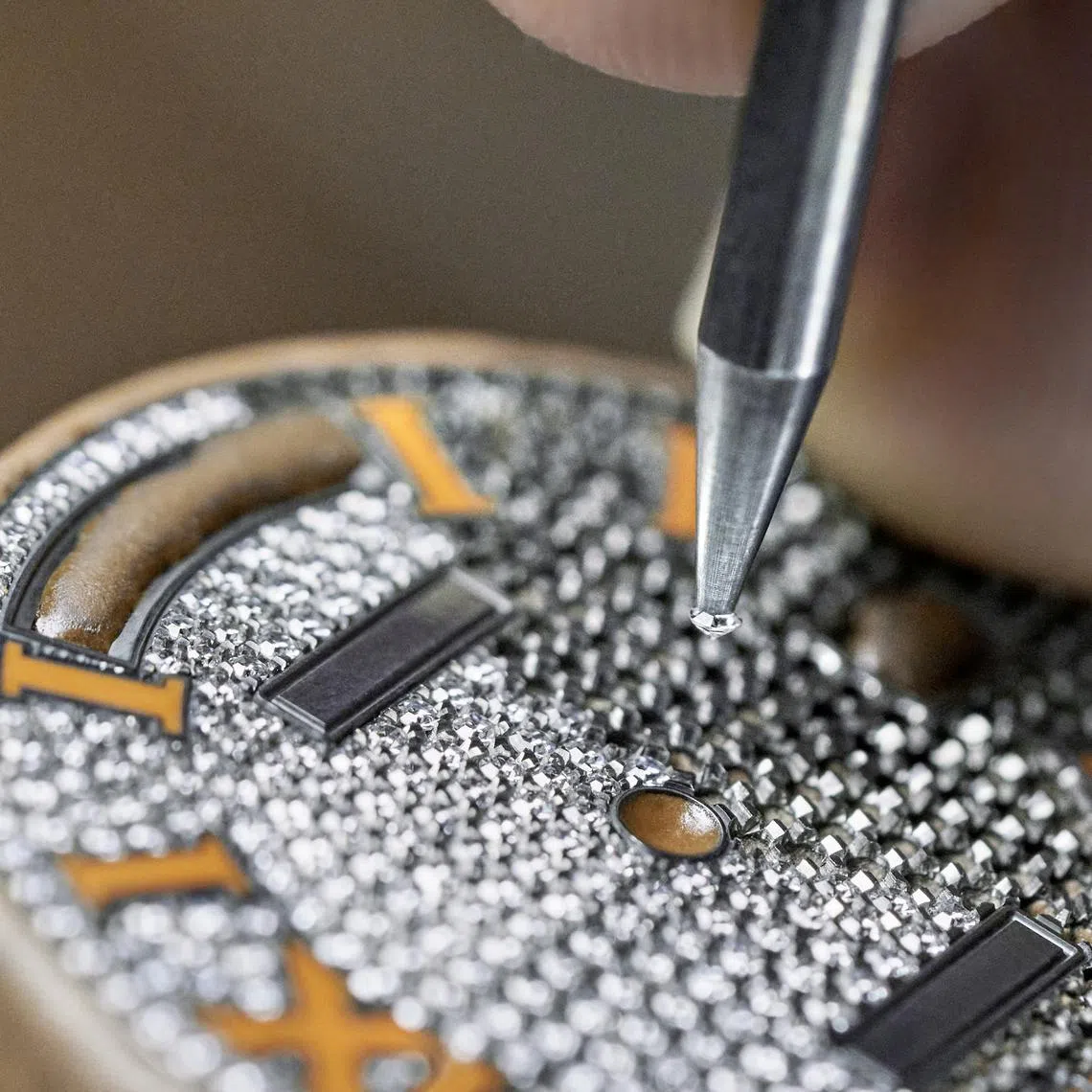
In addition to their own expertise, Rolex gemmologists have a range of state-of-the-art analysis equipment at their disposal – the same as that found in the best independent gemmology laboratories or, in some cases, the only apparatus of its kind in the world. The specialists can therefore confirm the natural origin of each stone used on the brand’s gem-set watches.
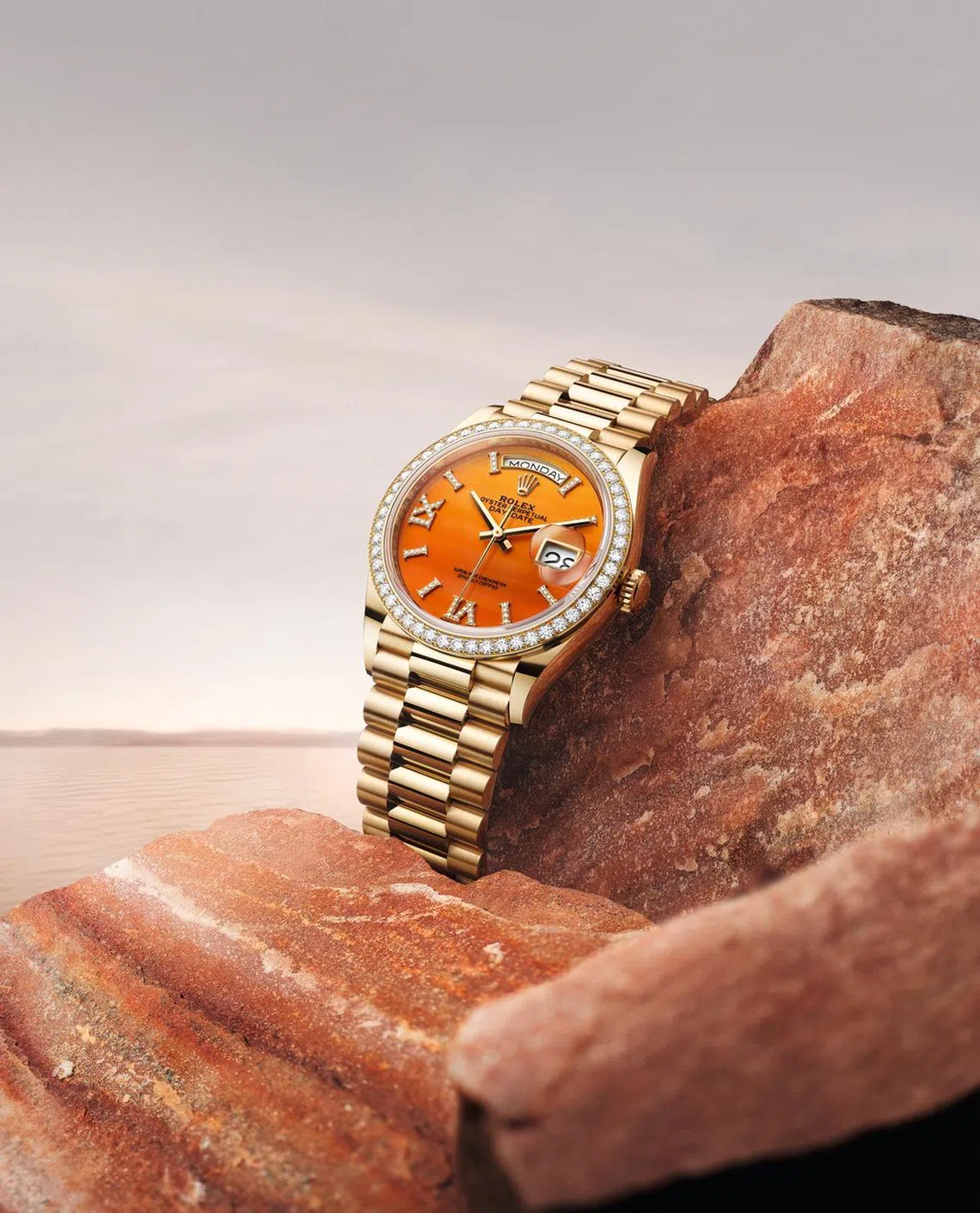
Each stone, however small it might be, goes through punctilious rounds of quality control, ensuring that only the best quality is chosen. Each diamond undergoes an x-ray examination to first ascertain authenticity, and then to test quality: Rolex diamonds all fall under the D to G colour category – the highest grades on the Gemological Institute of America colour scale. This meticulous and rigorous analysis, carried out according to the brand’s own quality criteria, ensures that all the gemstones on a watch are uniform, and of the very best quality.
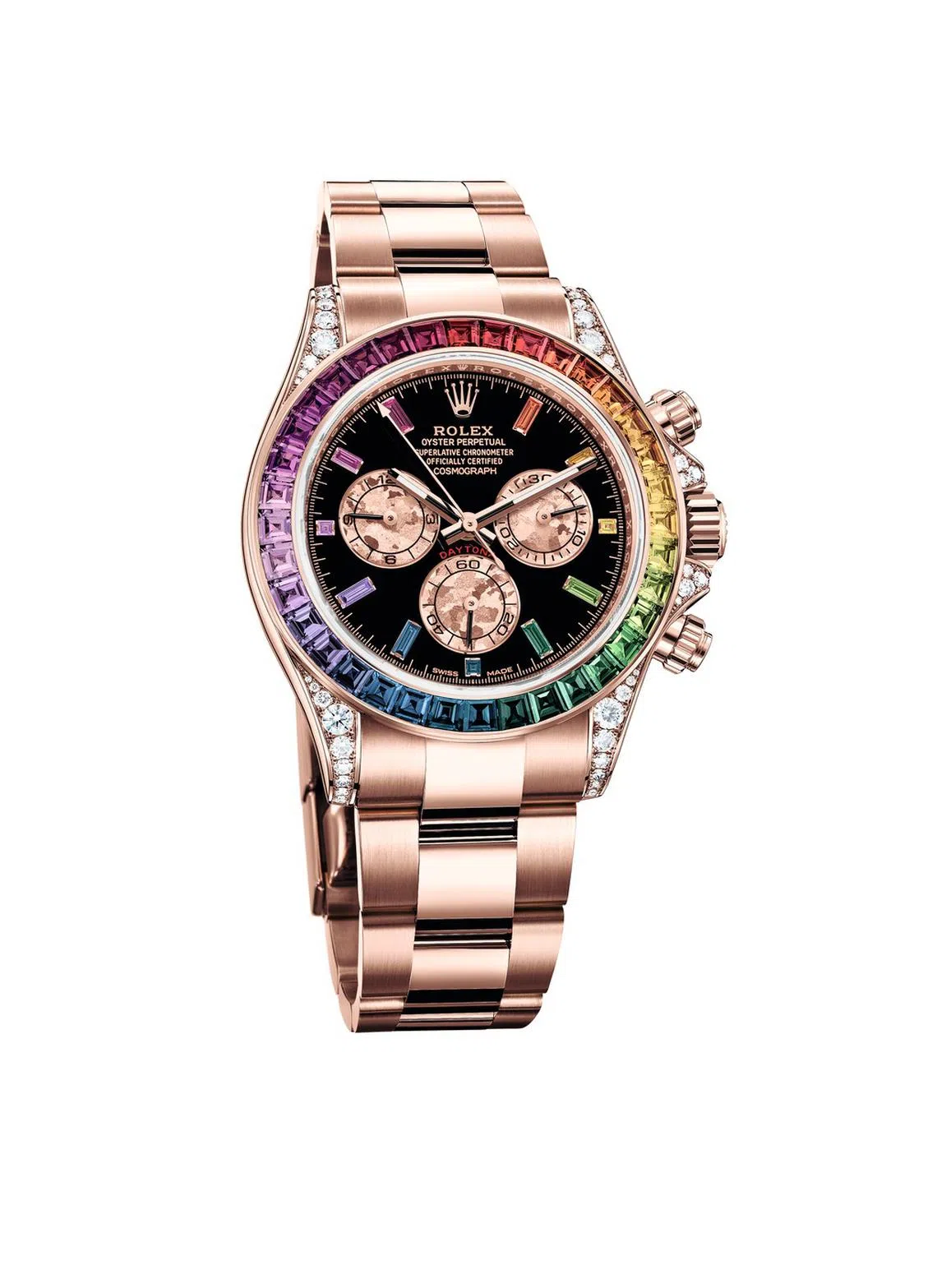
Once approved by the gemmologists, the precious stones are then entrusted to the gem-setters. With the precision of a watchmaker, they set each stone, one by one, onto the watches. A gem-setter’s craft is multifaceted. First, decisions are made with designers in the Creation Division about the colours and arrangement of the stones. This is a subtle exercise in finding a balance between aesthetic and technical requirements. Then follows a consultation with the case and bracelet engineers. Together, they study the future placement of the stones in order to prepare, to the nearest micron, the gold or platinum into which the stones will be set. For each stone, they determine the precise amount of metal required to hold it in place.
A jewelled legacy
Today, Rolex’s gem-set watches continue to command plenty of attention. Apart from its rainbow watches, its diamond-set timepieces, too, are a marvel: the Oyster Perpetual Lady-Datejust introduced in 2021, for instance, is a shining example of Rolex’s design ethos. The timepiece features 291 diamonds on the dial, and a further 158 brilliant-cut diamonds on the case and lugs, 44 on the bezel, and 596 on the President bracelet.
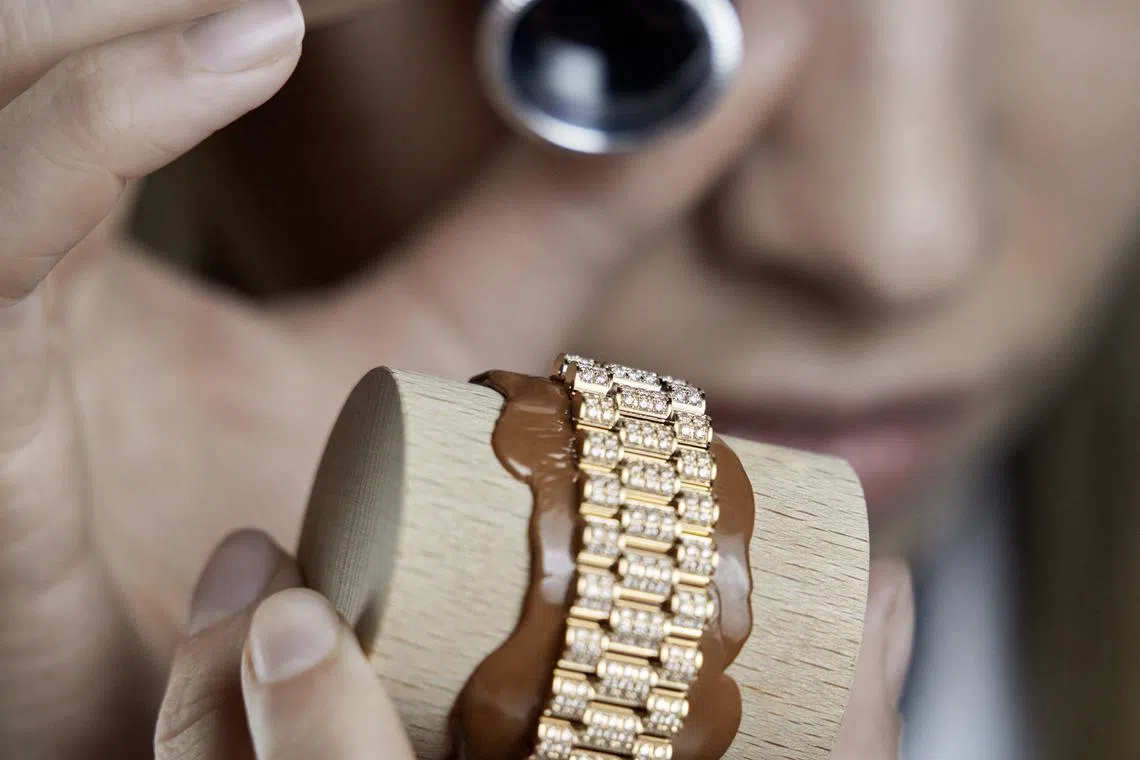
For Rolex, it’s not simply a matter of bedazzling a watch with diamonds. Instead, the design team collaborates closely with the engineers to ensure that the stones don’t hamper the technical efficiency of the watch.
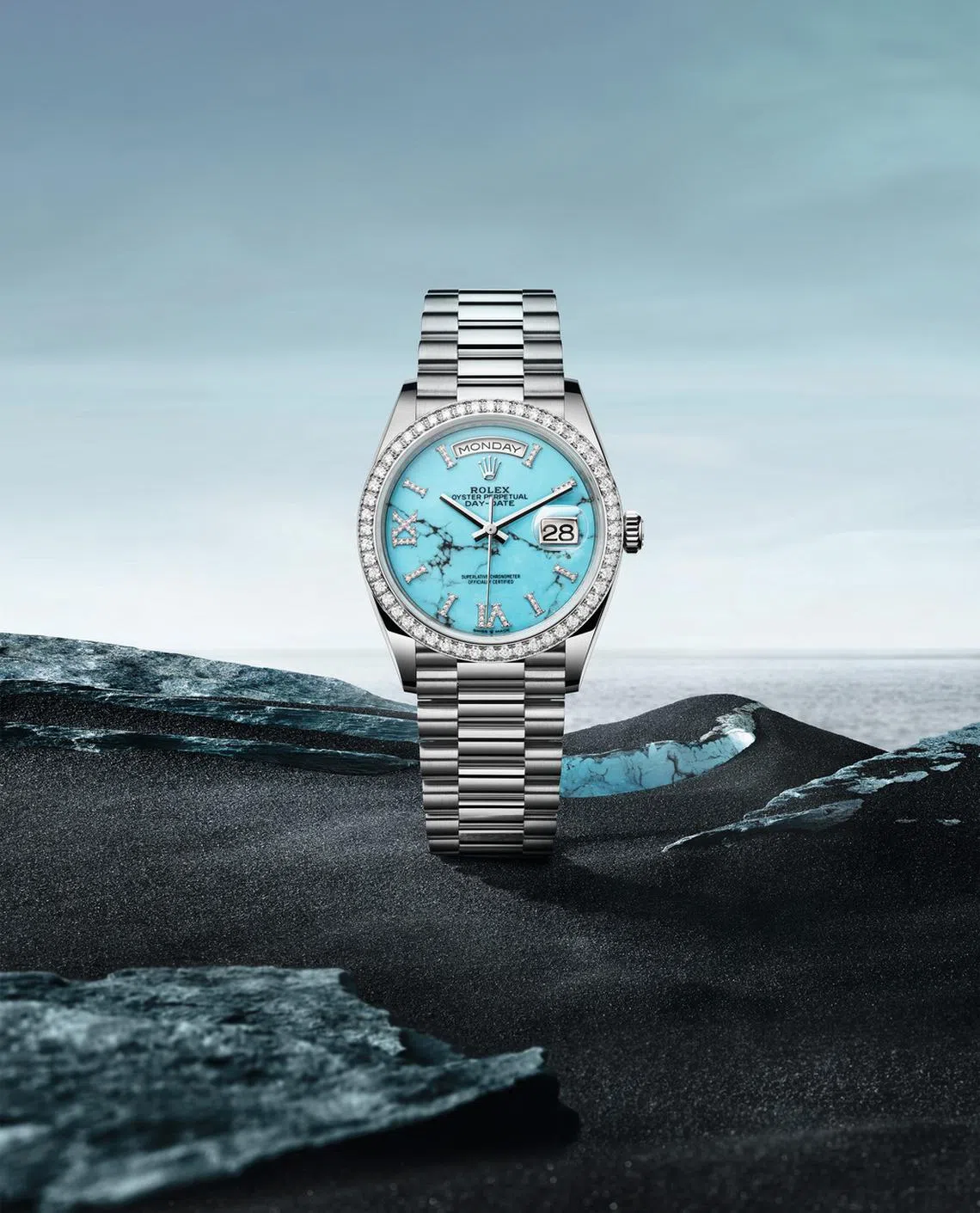
For 2023, the watchmaker once again showcases its gem-setting skills with a host of new launches. The Oyster Perpetual Day-Date 36 marks the return of decorative stone dials, featuring three iterations in green aventurine, carnelian, and turquoise, all endowed with a bezel set with 52 brilliant-cut diamonds. Much like its gemstones, these hard stones, too, are conscientiously selected for their colour and are shaved down to a tiny sliver, a notably challenging task.
From the trend-setting Cosmograph Daytona to the dazzling diamond-set timepieces, these watches embody the pinnacle of Rolex’s design ethos and craftsmanship. With a legacy dating back to the 1960s, Rolex’s gem-set watches continue to captivate with their rarity, enduring value, and meticulous attention to detail.
Decoding Asia newsletter: your guide to navigating Asia in a new global order. Sign up here to get Decoding Asia newsletter. Delivered to your inbox. Free.
Copyright SPH Media. All rights reserved.







